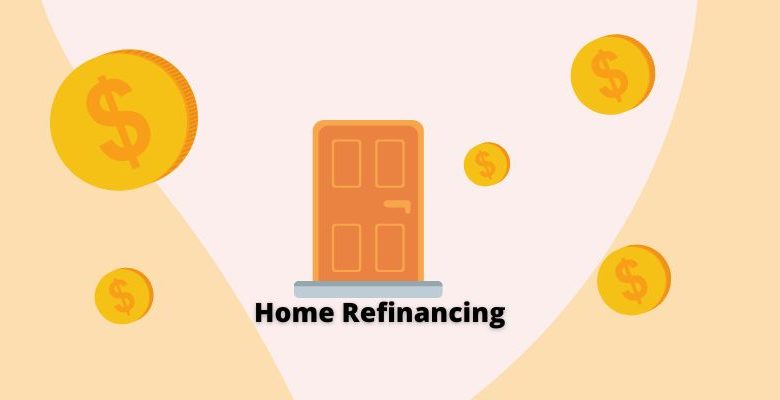
Refinancing a home involves switching out an existing mortgage for a new one. People typically refinance their mortgage to lower their monthly payments, cut their interest rate, or switch from an adjustable to a fixed-rate mortgage. Additionally, some people will use the equity in their property to get a cash-out to refinance if they need access to money to pay for home improvement projects or other debts.
The simplest way to refinance is to ask your new lender to pay off your old lender’s debts and take over the remaining loan balance. After choosing a lender with better terms and conditions, you can complete the necessary paperwork and other requirements so that they can pay off your loan to your previous lender and take over the remaining balance. After then, you would begin paying EMIs to the new lender.
When should I choose to refinance my home loan?
When You Receive A Lower Interest Rate:
If you have the choice to switch to a lower rate, you wouldn’t want to pay a higher interest rate.
When You Want to Change from a Fixed to a Floating or Adjustable Interest Rate:
Interest rates may start to decline after you choose a fixed-rate loan. To reduce your interest payments in this situation, you should switch to a loan with an adjustable-rate. You can refinance the loan using a different lender if your current lender won’t let you use the floating rate option.
When to Shorten the Term of a Home Loan:
Initially, you might have chosen a long tenure; but, if your financial situation has improved, you might choose to shorten the loan’s tenure.
When to Reduce Your EMI Payment:
You might desire to reduce your monthly obligations as a result of a change in circumstances, therefore you might search for a lower rate or a longer-term.
When You Want to Get Better Service or More Favorable Terms on Your Home Loan:
You can discover that the lender’s service standards are poor or that you did not receive the finest offer after receiving the loan’s disbursement. You might think about switching to a different lender in such circumstances.
When You Need to Borrow More:
Your funding requirements might have changed after you took out a loan due to modifications made to the house’s layout or specs. In this situation, refinancing might be able to help you get a bigger loan so you can get more money.
Important Elements to Take into Account Before Refinancing Your Loan
Home loan refinancing shouldn’t be a hasty or impulsive choice. Before really choosing to refinance, it must be well thought out and all pertinent variables should be taken into account. Here are some important elements that could impact your choice:
Financial Factors:
Refinancing entails expenses. Some expenses to take into account include legal fees, processing fees, incidentals with the new lender, prepayment fees with the previous lender (if you have a fixed-rate mortgage), etc. Before making a decision, it would be wise to conduct a thorough cost-benefit analysis. The choice has more to do than just the home loan interest rate. By the time the debt is fully repaid, refinancing should result in sizable net savings.
Non-Financial Factors:
Your decision to refinance shouldn’t be only based on interest rates. Additionally, you should consider intangibles like brand recognition, reputation, customer-friendly practices, service quality, document security, etc. Your choice would also be influenced by the new lender’s repayment terms and conditions. The time of the refinance is another thing to think about. At what stage of loan repayment are you refinancing, and how much principal do you still owe? Refinancing a loan that has been substantially repaid might not make much sense (say 70% or more).



